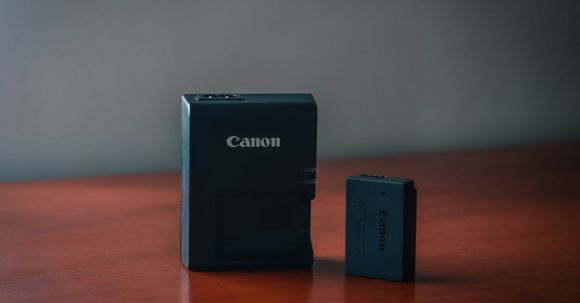Wearables, such as smartwatches and fitness trackers, have become increasingly popular in recent years. These devices offer a range of features and functionalities that can greatly enhance our daily lives. However, one common issue that many wearable users face is the limited battery life of these devices. Thankfully, there are several steps you can take to maximize the battery life of your wearable and ensure that it lasts throughout the day. In this article, we will explore some of these strategies and provide you with useful tips to extend the battery life of your wearable.
1. Adjust the screen brightness
One of the main culprits behind a drained battery is a bright screen. Most wearables come with adjustable screen brightness settings, allowing you to reduce the brightness to a level that is still visible but consumes less power. By dimming the screen, you can significantly increase the battery life of your wearable without compromising on functionality.
2. Turn off unnecessary features
Wearables often come with a multitude of features that can drain the battery quickly. Take a look at the features you use the least and consider turning them off. For example, if you rarely use the GPS feature on your smartwatch, disabling it can help conserve battery life. Similarly, turning off unnecessary notifications and background syncing can also have a positive impact on battery longevity.
3. Customize your settings
Many wearables offer customizable settings that allow you to tailor the device to your specific needs. By exploring these settings, you can find ways to optimize battery life. For instance, adjusting the screen timeout duration to the shortest possible time can help save power. Additionally, enabling power-saving mode, if available, can automatically adjust various settings to conserve battery life when it is running low.
4. Keep your wearable up to date
Software updates often include improvements and bug fixes that can enhance the efficiency of your wearable device. It is essential to regularly check for and install these updates to ensure that your device is running on the latest software version. Not only will this improve the overall performance of your wearable, but it can also lead to better battery life.
5. Utilize battery-saving apps
There are various battery-saving apps available for both Android and iOS devices that can help optimize battery usage. These apps can analyze your usage patterns and suggest ways to conserve battery life. Some apps can even automatically adjust settings based on your usage habits, ensuring that your wearable lasts longer between charges.
6. Consider disabling constant heart rate monitoring
Heart rate monitoring is a standard feature in many wearables, but it can be a significant drain on the battery. If you do not require continuous heart rate monitoring, consider disabling this feature. You can manually check your heart rate when needed or enable heart rate monitoring during specific activities to strike a balance between battery life and functionality.
In conclusion,
Maximizing the battery life of your wearable device is crucial to ensure that it remains functional throughout the day. By adjusting screen brightness, turning off unnecessary features, customizing settings, keeping your device up to date, utilizing battery-saving apps, and considering disabling constant heart rate monitoring, you can significantly extend the battery life of your wearable. Implementing these strategies will not only help you get the most out of your device but also reduce the frustration of having to charge it frequently.




